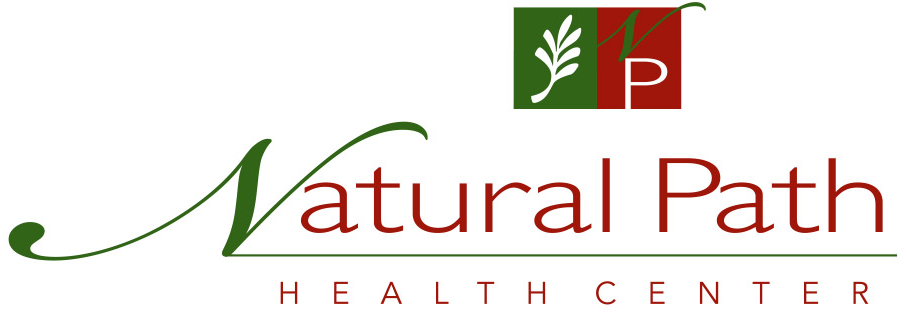There is much debate over human consumption of dairy products. Many people avoid milk because it contains saturated fat, cholesterol, allergenic proteins, lactose sugar, and frequent traces of contamination, or simply because they don’t feel well after consuming dairy products. Milk is also linked to type 1 diabetes, prostate cancer and other serious conditions. Once more, the inability to digest milk is extremely common – it is estimated that almost 25% of the US population has trouble digesting dairy and that 70% of African-Americans are lactose intolerant—which can cause intense gastrointestinal distress. Finally, unless they’re organic, dairy products can contain the same toxins commercially raised meat does–hormones, antibiotics, pesticides, and industrial pollutants.
For these reasons, it is wise to limit the use of dairy products in your daily diet. Luckily, there are many viable alternatives to help you decrease your dairy consumption while boosting your calcium intake.
WHAT TO DO:
Today’s grocery and natural food stores offer a huge selection of milks and cheeses that never saw a dairy farm. You’ve most likely heard of soymilk, but there are other alternatives as well, like oat milk, almond milk, and rice milk. Each has its advantages and disadvantages, but among them is a suitable substitute for just about any use of dairy milk: drinking straight, pouring on cereal, baking, mashing with potatoes, or making puddings, sauces, soups, and gravies. Almost all are heat-stable (meaning they won’t break up when heated), and some come in different flavors, such as vanilla, chocolate, and carob, and are fortified with vitamins and minerals.
Most fake cheeses are made from soy, though a few are based on almond milk. Be forewarned that truly vegan cheese doesn’t melt very well. Some soy and rice cheeses do. Experiment and find the ones you like best (or better yet, ask around at your local health food store or co-op for their personal favorites).
This week, buy one or two alternative milks and experiment with them at home. Also add one package of dairy-less cheese to your shopping cart.
HOW TO DO IT:
Milk Made Simple Different kinds of nondairy milks are good for different purposes. Below is a quick guide to the four most common kinds.
- Soymilk. Made from soybeans, it has a nutty, sweet flavor. Several fortified varieties have as much calcium as dairy milk, and some have added vitamins A, [B.sub.12], D, and E, as well as iron. Soymilk is well-suited to cooking and baking and tasty in coffee and cereal, but its nuttiness may be too strong for delicately flavored recipes.
- Rice milk. Its sweet flavor makes rice milk good for desserts and baking but unsuitable for flavorful recipes. Some rice milks are fortified with calcium and vitamins A and D.
- Almond milk. Another sweet milk, it can be used just like rice milk, especially where an almond flavor is desirable.
- Oat milk. This has a blander flavor than the other alternative milks, making it a good choice for both sweet and flavorful dishes.
Cheese Tips Add a slice of nondairy cheese to your next veggie sandwich. Next, sprinkle some on a homemade pizza. If you choose soy cheese with casein, keep in mind it won’t melt as well as dairy cheeses, tending to become soft and creamy instead of brown, bubbly, and stringy.
